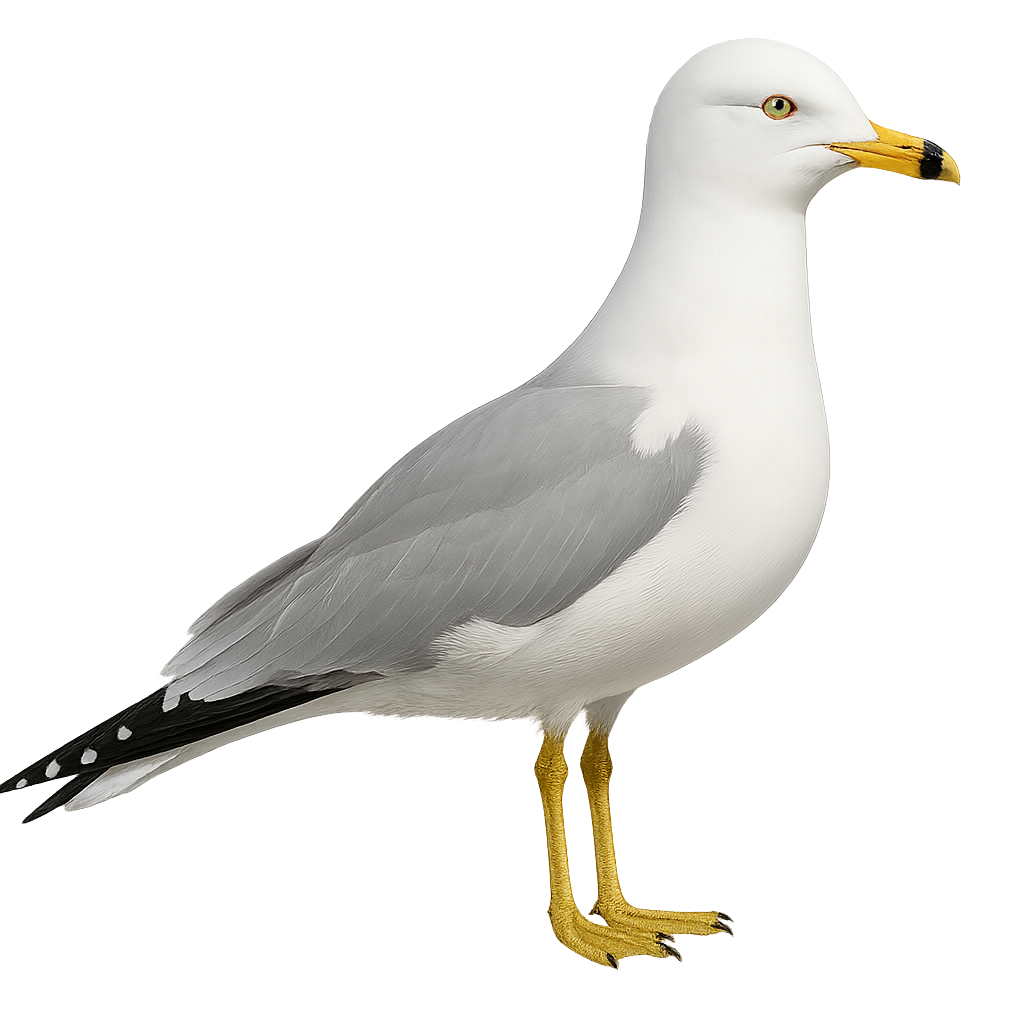Your wildlife photography guide.
Explore the ring-billed gull in detail, study its behavior, prepare your shots.
Where to observe and photograph the ring-billed gull in the wild
Learn where and when to spot the ring-billed gull in the wild, how to identify the species based on distinctive features, and what natural environments it inhabits. The WildlifePhotographer app offers tailored photography tips that reflect the ring-billed gull’s behavior, helping you capture better wildlife images. Explore the full species profile for key information including description, habitat, active periods, and approach techniques.
Ring-billed Gull
Scientific name: Larus delawarensis

IUCN Status: Least Concern
Family: LARIDAE
Group: Birds
Sensitivity to human approach: Suspicious
Minimum approach distance: 10 m
Courtship display: April to June
Incubation: 24-28 jours
Hatchings: May to July
Habitat:
coastal areas, lakes, rivers, urban areas
Activity period :
Primarily active during the day, with peak activity in the morning and late afternoon.
Identification and description:
The Ring-billed Gull, Larus delawarensis, is a medium-sized bird easily identified by its yellow bill with a distinctive black ring. Its plumage is primarily white with gray wings and black wingtips. It often frequents coastal areas, lakes, and rivers, but can also be found in urban areas, where it adapts well to human presence. This gull is known for its piercing call and social behavior, often seen in large groups. Opportunistic, it feeds on fish, insects, small mammals, and human waste. Its ability to adapt to various environments makes it a widely distributed species in North America.
Recommended lens:
400mm – adjust based on distance, desired framing (portrait or habitat), and approach conditions.
Photography tips:
To photograph the Ring-billed Gull, focus on coastal areas or lakes where they often gather. Use a 400mm lens or longer to capture precise details without disturbing them. The best times to observe them are early morning or late afternoon when the light is soft and flattering. Be patient and discreet, as although they are accustomed to human presence, they can be suspicious. Take advantage of their social behavior to capture interesting interactions between individuals.
The WildlifePhotographer App is coming soon!
Be the first to explore the best nature spots, track rutting seasons, log your observations, and observe more wildlife.
Already 1 439 wildlife lovers subscribed worldwide

